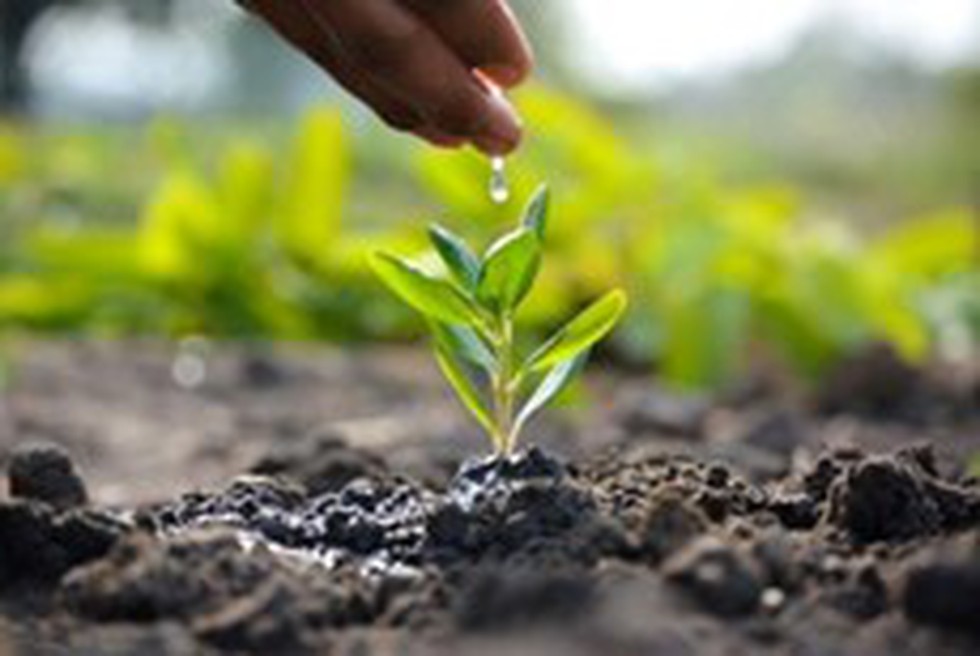Bhu-Vision (also known as KRISHI-RASTAA Soil Testing System) is a revolutionary IoT-based automated soil testing and agronomy advisory platform that was recently launched in India. This system is a game-changer for India’s agriculture sector. It is a smart, fast, easy, affordable, and accessible solution for soil testing and agronomy. It has the potential to transform the way farmers manage their soil and crops. It can also help India achieve its soil health targets and contribute to its agricultural development goals.
However, to make this happen, India needs to address the existing challenges and adopt a holistic and collaborative approach that involves all the stakeholders. Only then can Bhu-Vision (KRISHI-RASTAA Soil Testing System) become a reality for every farmer in India. It has been jointly developed by ICAR-IIRR(Indian Council of Agricultural Research -Indian Institute of Rice Research) and KrishiTantra.
Features of Bhu-Vision
- Bhu-Vision (KRISHI-RASTAA Soil Testing System) is a portable device that can be carried to any location and operated by anyone with minimal training. It uses IoT (Internet of Things) technology to connect with a cloud-based server and a mobile app.
- It can perform 12 key soil parameter tests in just 30 minutes using electrochemical sensors and colourimetric methods. These parameters include pH, electrical conductivity, organic carbon, nitrogen, phosphorus, potassium, calcium, magnesium, sulfur, iron, zinc, and boron.
- The device also generates a soil health card that displays the test results in a simple and user-friendly format. The card also provides customized recommendations for fertilizer application and crop management based on the soil type, crop type, and yield goal.
- The card can be accessed by the farmer or any other stakeholder through the mobile app or a web portal. The app also allows the user to store the test data, track the soil health history, compare the results with other locations or seasons, and share the information with others.
Significances of Bhu-Vision
- It enables farmers to test their soil anytime and anywhere without depending on external agencies or intermediaries.
- It helps farmers to save money and time by avoiding overuse or underuse of fertilizers and other inputs.
- It improves crop productivity and quality by providing precise and timely agronomic advice.
- It enhances soil health and sustainability by promoting balanced nutrient management and conservation practices.
- It supports research and development by providing real-time and geo-referenced data on soil conditions across regions and crops.
- It contributes to national food security and agricultural growth by increasing farm income and reducing input costs.
- It reduces greenhouse gas emissions and environmental pollution by minimizing fertilizer runoff and leaching.





 Which City is known as the City of Bambo...
Which City is known as the City of Bambo...
 Who was the First Prime Minister of Indi...
Who was the First Prime Minister of Indi...







